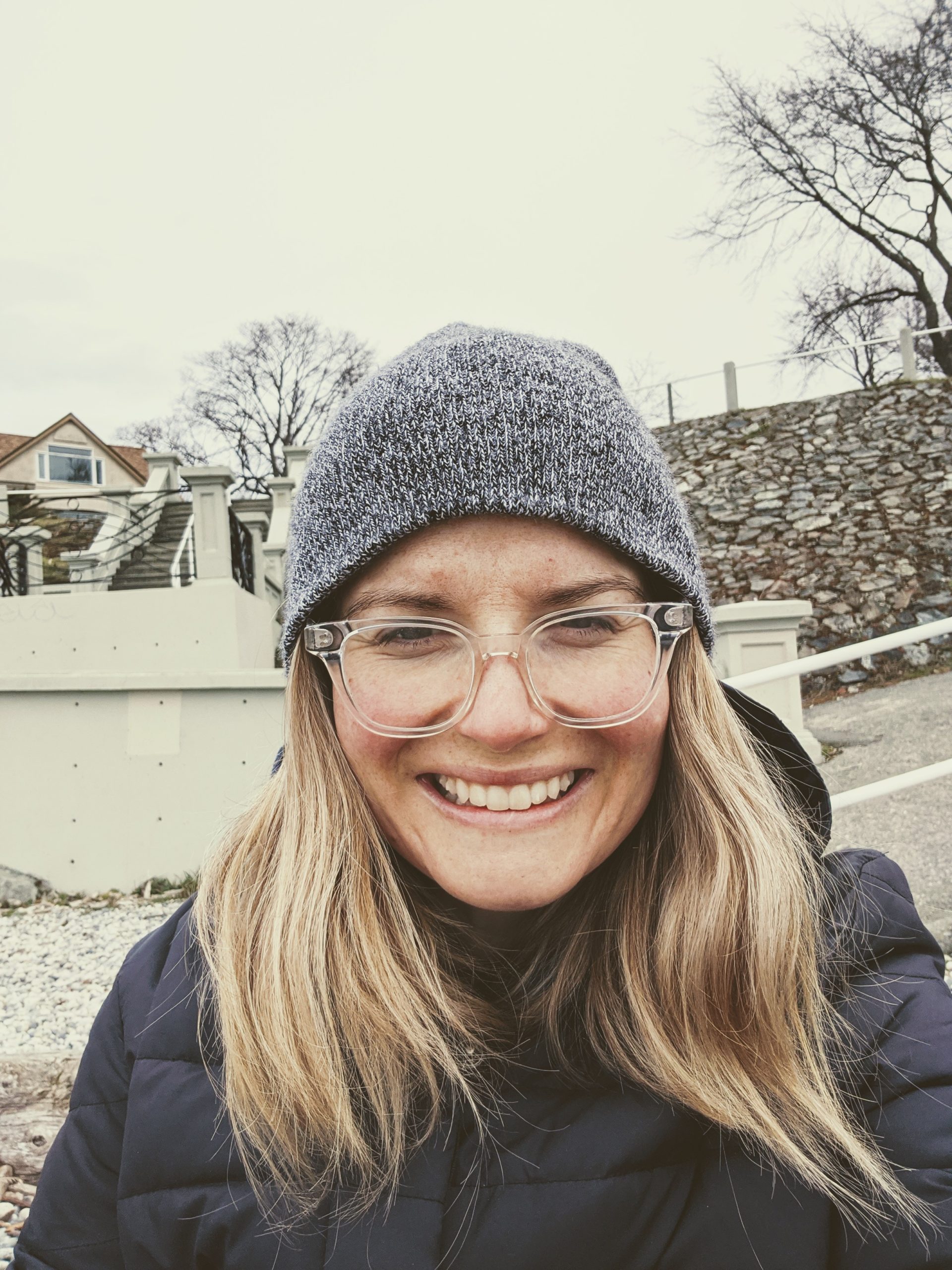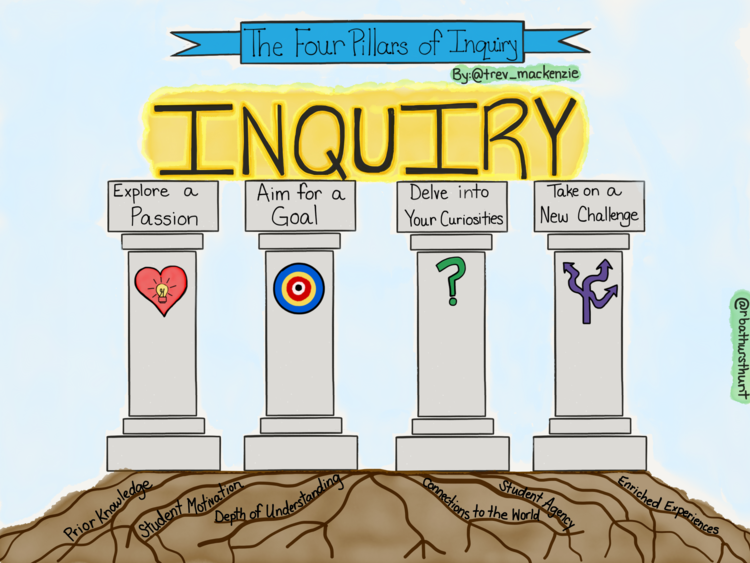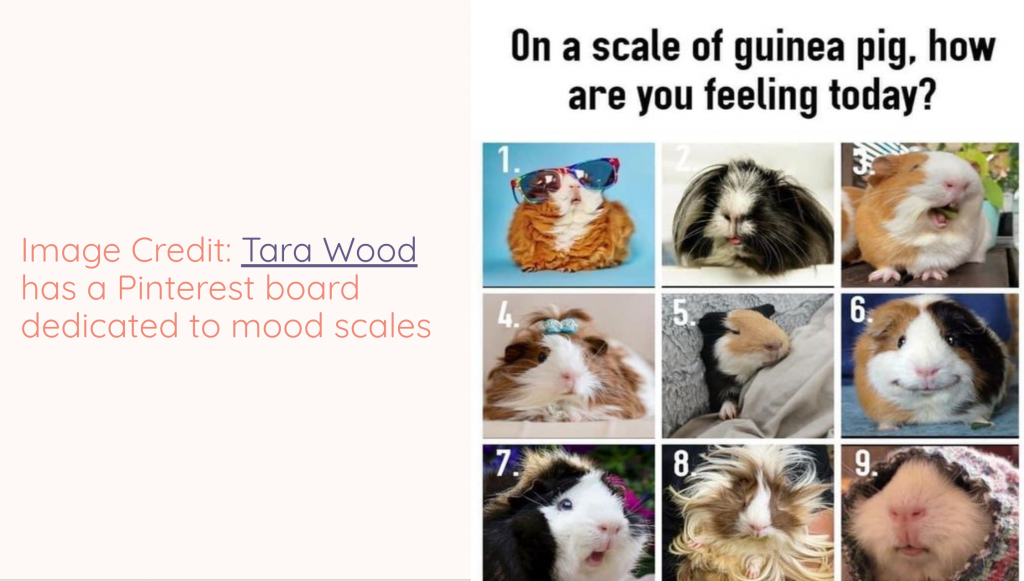This week we are fortunate that Joanna Lake, who is a K-12 educator in Victoria, BC, has taken the time out of their busy schedule to engage talk to us about her inquiry-based learning practice and assessment in her middle school classes. Joanna is interested in using technology to provide authentic learning experiences and incorporating Indigenous pedagogy in both face-to-face and online learning environments.
When we do our group presentations.
Learning Objectives:
- Describe how the inquiry process can be implemented in your elementary or middle school classroom using a scaffolded approach using technology where appropriate.
- Describe how the “See 👀, Think 💭, Wonder❓” technique could be used to facilitate guided inquiries as early as kindergarten.
- Support our classmates with their group presentations
Pre-class Activities:
As you watch the following videos, please do the following:
- Prepare at least one question to ask Joanna during our class time this week.
- Make note of the inquiry-based learning suggestions and tips that you think might be helpful to you in your grade level and in particular your practice as a teacher.
Technology & Inquiry
The Habits of the Inquiry Teacher (2 min)
https://www.instagram.com/tv/CEF_rbvhBWf/
The Four Pillars of Inquiry (2 min)
Inquiry in Rebecca Bathurst-Hunt’s Kindergarten Class

Photo: The Curious Kindergarten
Rebecca Bathurst-Hunt, who is a kindergarten teacher at George Jay Elementry School in Victoria, BC often uses “See 👀, Think 💭, Wonder❓” exercises with her kindergarten learners to help them think more critically about the world around them. Rebecca typically does this by asking her learners to look closely at an object or an idea and then encourages them to ask themselves:
- What do you see?
- What do you think about that?
- What does it make you wonder?
Rebecca typically uses paper worksheets and clipboards for her young learners so that they can easily go outside to conduct inquiries in nature as well as in the classroom. As most of her learners are not yet writing, she encourages them to draw on their worksheets, and then Rebecca assists by writing a summary of the learners’ stated thoughts on the form.
The video below uses the “See, Think, Wonder” technique with Google Slides rather than paper and clipboard, but the concept is the same no matter what media you choose to use as an instructor.
“See, Think, Wonder”: A Visual Thinking Strategy using Google Slides (2 min)
Class Time
Guest lecture and Q&A by Joanna Lake (follow her great Twitter feed)!
Joanna graciously shared the slides from her presentation with us, which I hope will be particularly useful to you as you prepare for your practicums:
Group Presentations for EdTech Inquiries
[Links to presentations to go here]
EdTech Training Resources
These are mostly, but not all, free training resources for EdTech tools and related resources:
- Podcasts on Teaching & Learning
- Getting Started with Google Classroom
- Microsoft for Education Training
- SMART Board Training (for the SMART Board brand)
- Education Apps, Website, & Digital Citizenship Resouces
Learning Pod Time & Homework
- Register for a 1-1 end-of-semester interview with Rich (link will be provided during class time).
- Complete any outstanding blog posts or assignments.






Leave a Reply